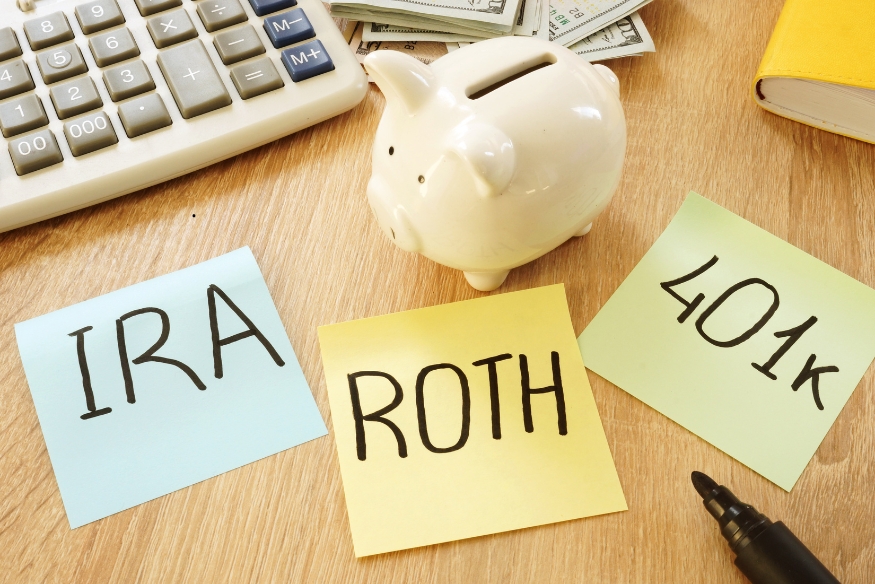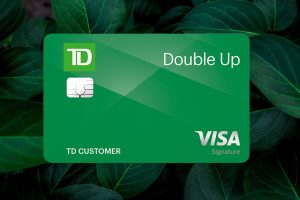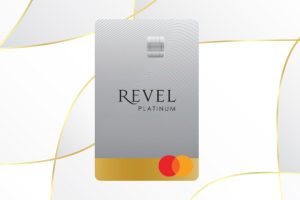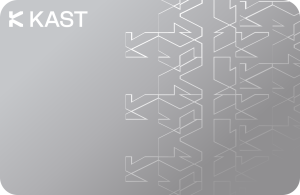Retirement planning can feel like navigating a maze of financial jargon and endless options. Two of the most popular retirement savings vehicles in the U.S. are 401(k) plans and Individual Retirement Accounts (IRAs). Both offer tax advantages and are essential tools for securing your financial future. But which one is right for you? Let’s break it down in simple terms so you can make an informed decision.
What is a 401(k)?

A 401(k) is a retirement savings plan offered by employers, allowing you to contribute a portion of your salary before taxes. Think of it as a built-in way to grow your nest egg.
Why People Love 401(k)s
Here are the main reasons why 401(k) plans are so popular:
- Employer Match: Many employers match your contributions up to a certain percentage, essentially giving you free money.
- High Contribution Limits: In 2025, you can contribute up to $22,500 annually, or $30,000 if you’re 50 or older.
- Tax Benefits: Contributions reduce your taxable income, and earnings grow tax-deferred until retirement.
Example Scenario
Imagine you earn $60,000 a year, and your employer matches 50% of your contributions up to 6% of your salary. If you contribute $3,600, your employer adds $1,800. That’s $5,400 invested in your future!
What is an IRA?
Unlike a 401(k), an Individual Retirement Account (IRA) is not tied to your employer. You open and manage it yourself, choosing between two main types: Traditional and Roth.
Comparison: Traditional IRA vs. Roth IRA
| Feature | Traditional IRA | Roth IRA |
| Tax Treatment | Tax-deductible contributions | Tax-free withdrawals |
| Income Limits | None for contributions | Phased out at higher incomes |
| Withdrawal Rules | Taxable in retirement | Tax-free in retirement |
| Best For | Lower taxes now, higher taxes later | Higher taxes now, lower later |
Pro Tip: If you expect to be in a higher tax bracket during retirement, a Roth IRA is a smart choice.
401(k) vs. IRA: Side-by-Side
Key Differences
To simplify your decision, let’s highlight the main differences between 401(k)s and IRAs:
- Contribution Limits: 401(k)s allow you to save significantly more ($22,500 vs. $6,500 annually).
- Employer Match: Only 401(k)s offer matching contributions.
- Flexibility: IRAs offer more investment choices, such as individual stocks and ETFs.
Visual Breakdown
| Factor | 401(k) | IRA |
| Contribution Limit | High | Low |
| Employer Match | Yes | No |
| Investment Choices | Limited | Broad |
| Tax Treatment | Pre-tax (Traditional) | Pre- or Post-tax (Traditional/Roth) |
When Should You Choose Each Option?

401(k): The Go-To Plan for Employees
If your employer offers a 401(k), especially one with a matching contribution, this should be your starting point. Why? It’s an incredibly effective way to save for retirement with minimal effort. Let’s break it down:
- Employer Match: Think of it as free money—every dollar your employer matches is an instant 100% return on your contribution.
- Convenience: Contributions come straight from your paycheck, so you never have to worry about manual transfers.
- Tax Advantages: Pre-tax contributions lower your taxable income, giving you more take-home pay while still saving.
Contribute enough to get the full employer match—this is non-negotiable. Once you’ve done that, consider opening an IRA to diversify your retirement strategy and expand your investment options.
IRA: The Flexible Option for Everyone
An IRA is a great tool for individuals looking for more flexibility in how and where they invest. It’s ideal for those who:
- Are Self-Employed: If you don’t have access to a workplace plan, an IRA becomes your primary retirement savings vehicle.
- Have Maxed Out Their 401(k): If you’ve hit the 401(k) contribution limit, an IRA lets you save even more.
- Want Control Over Investments: IRAs allow you to invest in a wide range of options, from individual stocks to alternative assets like REITs (Real Estate Investment Trusts).
Roth vs. Traditional IRA:
- If you think taxes will be higher in retirement, choose a Roth IRA.
- If you want immediate tax savings, a Traditional IRA is a better fit.
How to Maximize Both Accounts
Using a 401(k) and an IRA together can be a powerful way to build a diverse and robust retirement portfolio. Here’s how to balance the two effectively:
- Get the Employer Match First: Always start with your 401(k). If your employer offers a match, contribute enough to receive the full amount—it’s essentially free money.
- Open an IRA for Additional Savings: Once you’ve secured the match, focus on opening an IRA. Choose between a Traditional or Roth IRA depending on your tax situation:
- A Roth IRA is excellent if you expect your tax rate to rise in retirement.
- A Traditional IRA offers immediate tax benefits if you’re in a higher bracket now.
- Boost Your Contributions: Aim to save at least 15% of your annual income. This total can include your contributions, employer match, and any IRA savings. Automating your contributions helps ensure consistency.
Quick Tip: Many brokerages allow you to set up automatic transfers to your IRA—this makes saving effortless!
Action Plan: Your First Steps Toward Retirement Success
Retirement planning might seem overwhelming, but taking small, deliberate steps can put you on the right track. Here’s how to begin:
Step 1: Check Your Employer’s 401(k)
Review your plan’s details and ensure you’re contributing enough to get the full match. If you’re unsure, ask HR for guidance—they’re there to help!
Step 2: Open an IRA
Research trusted providers like Vanguard, Fidelity, or Charles Schwab to open an IRA. Many platforms offer user-friendly tools to get started within minutes.
Step 3: Budget for Savings
Even if you can only contribute a small amount initially, it’s crucial to start. A little consistency goes a long way, thanks to compounding interest.
Step 4: Monitor and Adjust
Set reminders to review your contributions and investment performance annually. Adjust your strategy as your income or financial goals evolve.
Your Next Move: Ready to take the leap? Start by logging into your 401(k) portal, opening an IRA account, or reaching out to a financial advisor. Every step you take today brings you closer to a stress-free retirement tomorrow!
Build Your Retirement Strategy Today

Retirement planning doesn’t have to be overwhelming. A 401(k) is perfect for employer-based savings with high limits and matching opportunities, while an IRA offers flexibility and broader investment choices. For most people, a combination of both is the ideal solution.
Start small, stay consistent, and watch your savings grow. The sooner you take control of your retirement planning, the more freedom you’ll have to enjoy life on your terms.










